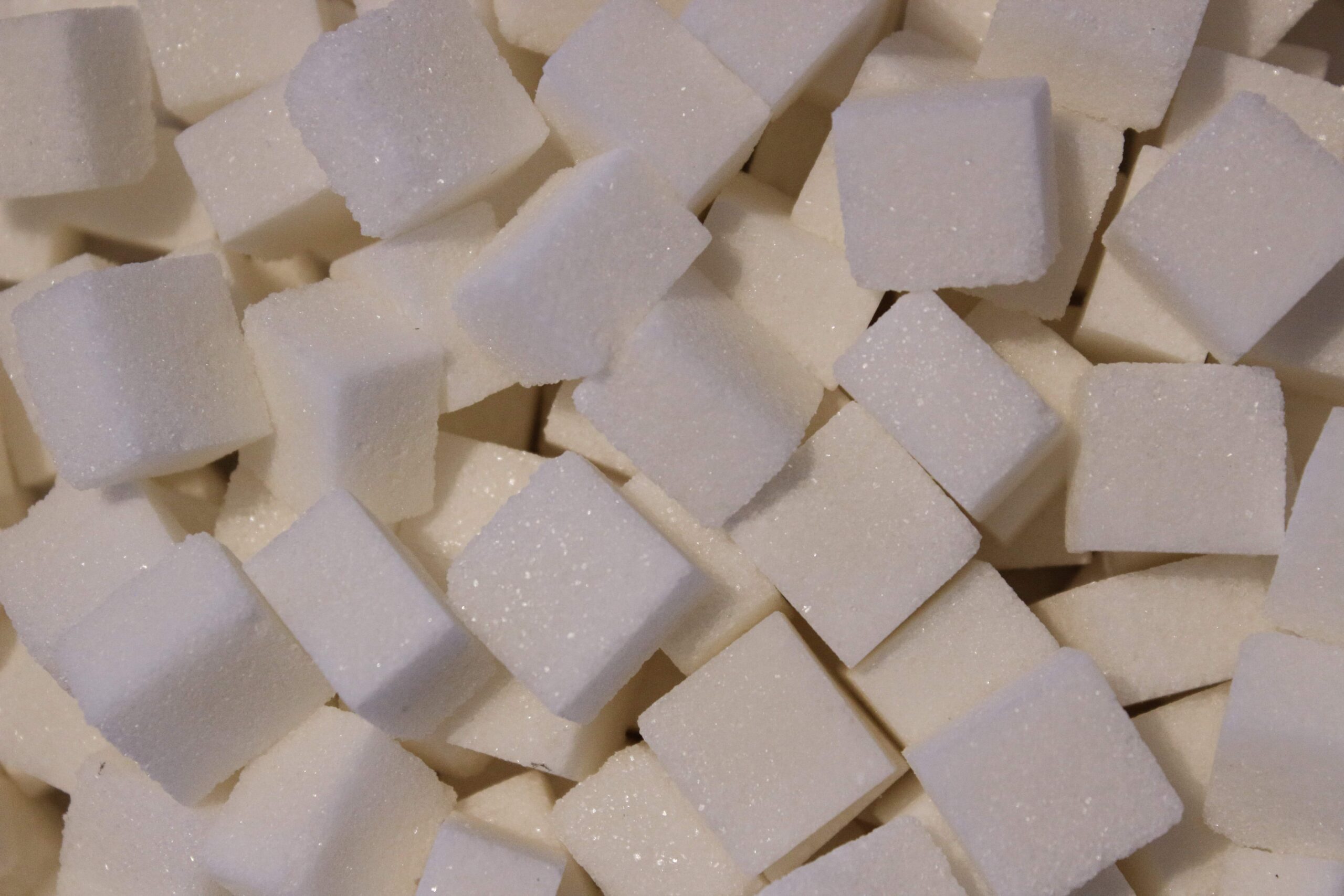by Habiba Kasker
5 May 2023
All sectors of the food and drinks industry have been challenged to reduce overall sugar across a range of products that contribute most to children’s sugar intakes by at least 20% by 2020, with Public Health England leading a sugar reduction and wider reformulation programme.
In the wake of this, food manufacturers have been looking to reformulate many of their products to reduce their sugar content and are keen to communicate this to consumers with the use of “reduced sugar” labelling.
Claims on food packaging are regulated by Regulation (EC) No 1924/2006, also known as the EU Nutrition and Health Claims Regulation (NHCR), which sets out strict rules on claims of “low sugar”, “sugar-free” and “no added sugar”.
The rules around sugar labelling
The following rules apply to the following labels (including any claim likely to have the same meaning to the consumer):
Low sugar – Product contains no more than 5g of sugars per 100g for solids or 2.5g of sugars per 100ml for liquids.
Sugar free – Product contains no more than 0.5g of sugars per 100g or 100ml.
With no added sugar – Product does not contain any added mono- or disaccharides or any other food used for its sweetening properties. If sugars are naturally present in the food, the following indication should also appear on the label: ‘CONTAINS NATURALLY OCCURRING SUGARS’.
Reduced sugar – Reduction in content is at least 30% compared to a similar product.
Light/lite – Same conditions as those set for the term ‘reduced’; the claim shall also be accompanied by an indication of the characteristics which make the food ‘light’ or ‘lite’. It is worth noting the claim ‘extra light’, or claims likely to have the same meaning to the consumer, can no longer be used.
The UK’s interpretation on reduced sugar labelling
The Department of Health has stated that the comparison in reduced sugar claims must be between the product bearing the claim and a range of other products from the same category i.e. foods belonging to a group of foods that are similar in terms of nutritional content and which take into account the occasion of consumption, the purpose of consumption and the consumption alternatives.
In some cases it may be possible to compare with only one product, provided that that one product is representative of other products on the market. For example to make a reduced sugar claim on lemonade, the comparison could be with the full sugar version of the product range, provided the full sugar version has similar sugar levels to comparable lemonades on the market.
The reduced sugar claim must state the difference in the quantity of the nutrient and/or energy (calorific value) between the same quantities of the two foods. This difference can be expressed as an average and as either a percentage or an absolute value.
The difficulties
Two notable difficulties are that:
- The food manufacturer must prove that the product in question has 30% less sugar than a comparable product, which can be technically very challenging for certain types of food; and
- Public Health England’s reformulation is an industry-wide initiative, so it is likely that a competitor’s products are also being reformulated. This can make it difficult to find a product on the market which contains sufficient sugar to enable the use of a “reduced” or “light” claim.
This article was prepared by Harnaek Rahania.
Speak with us

